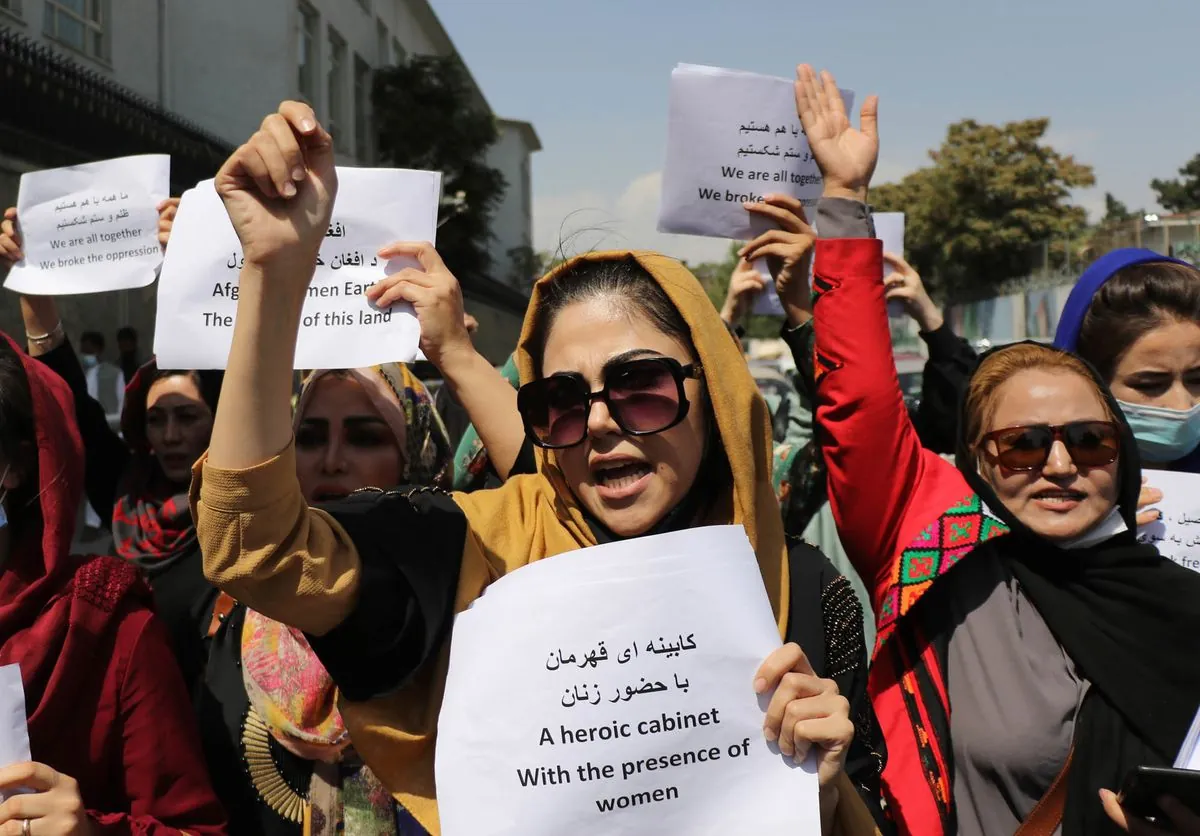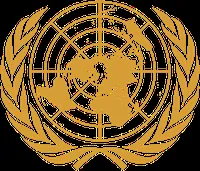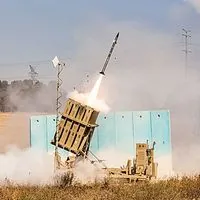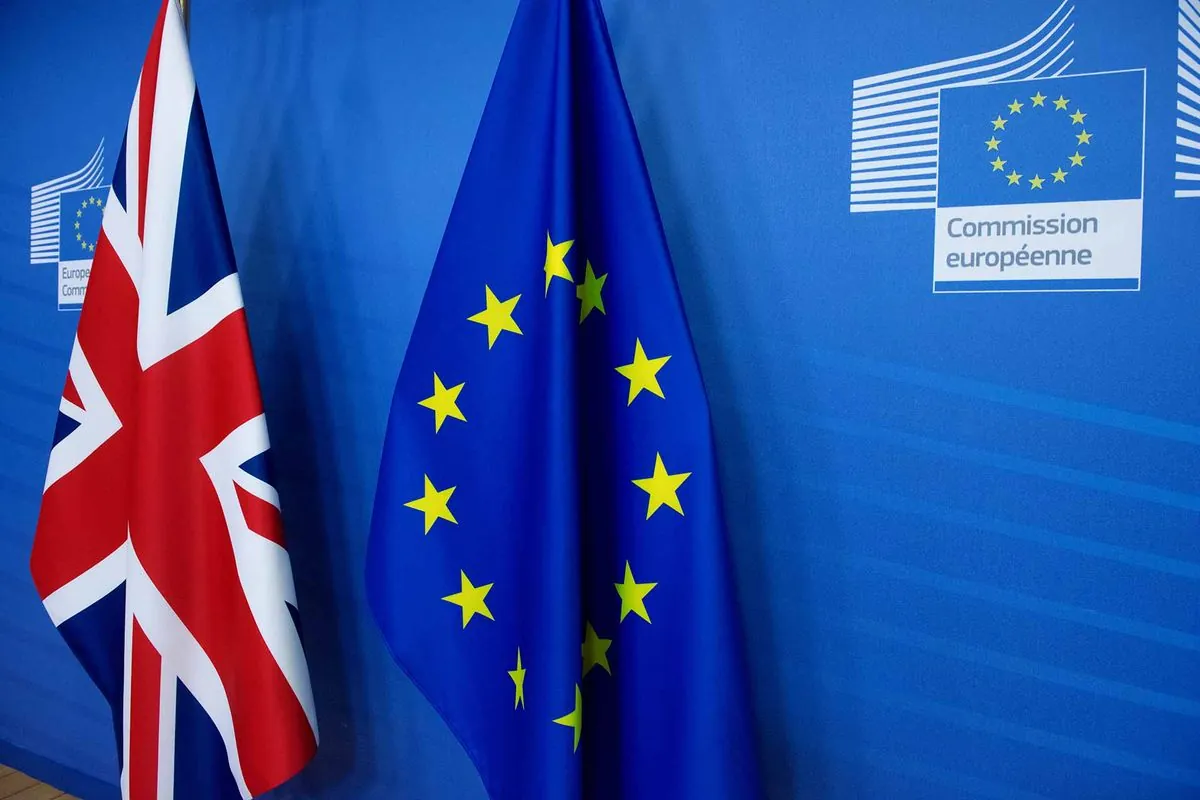Israel-Hamas War: Economic Resilience Amid Regional Turmoil
One year into the Israel-Hamas conflict, the economic impact remains localized. Israel's economy shows resilience, while Gaza faces an uncertain future. The broader Middle East economy remains fragmented.
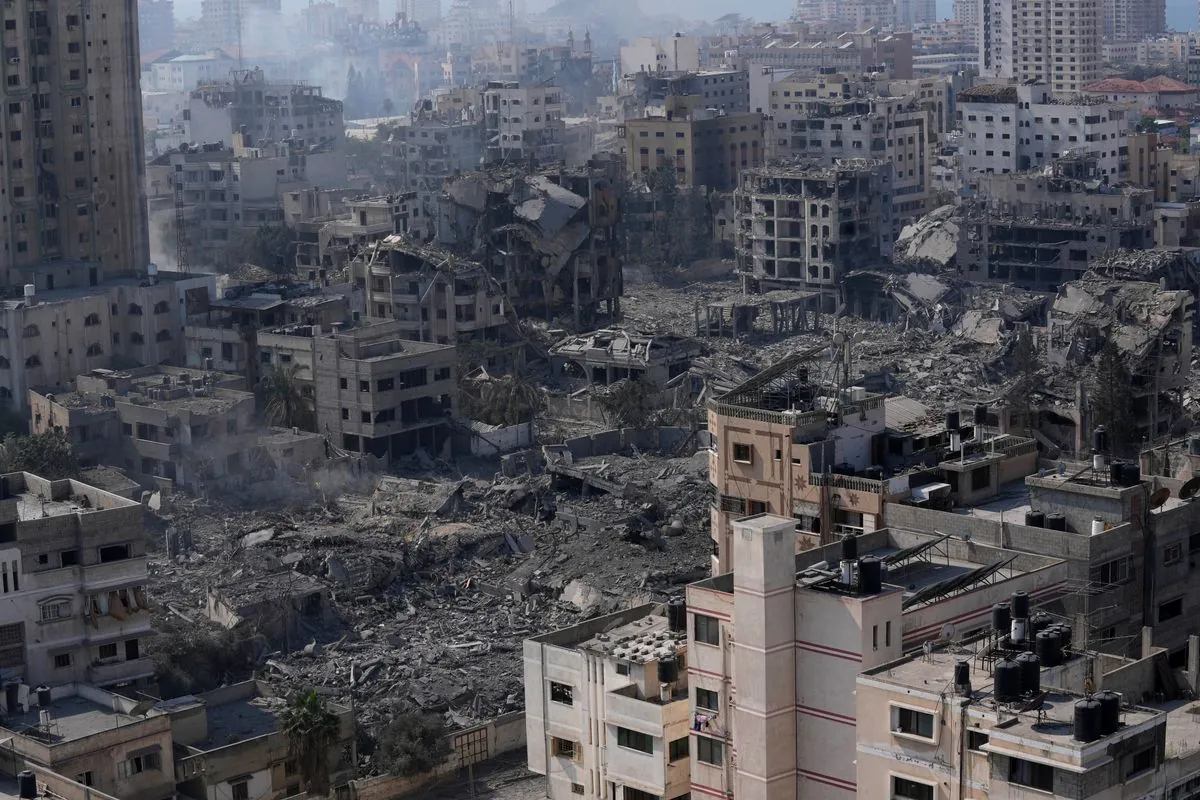
One year has passed since the Hamas attack on Israel, triggering a conflict that has claimed over 40,000 lives. Despite the scale of violence, the economic repercussions have been largely confined to the immediate participants, with minimal global impact. This localized effect stems from the fragmented nature of the Middle Eastern economy.
The Gaza Strip and West Bank, with a combined pre-conflict GDP of approximately $18 billion, have experienced severe economic contractions. The West Bank's economy has reportedly shrunk by 20-25%, comparable to the worst periods of the COVID-19 pandemic. However, these economies are too small to significantly impact their neighbors.
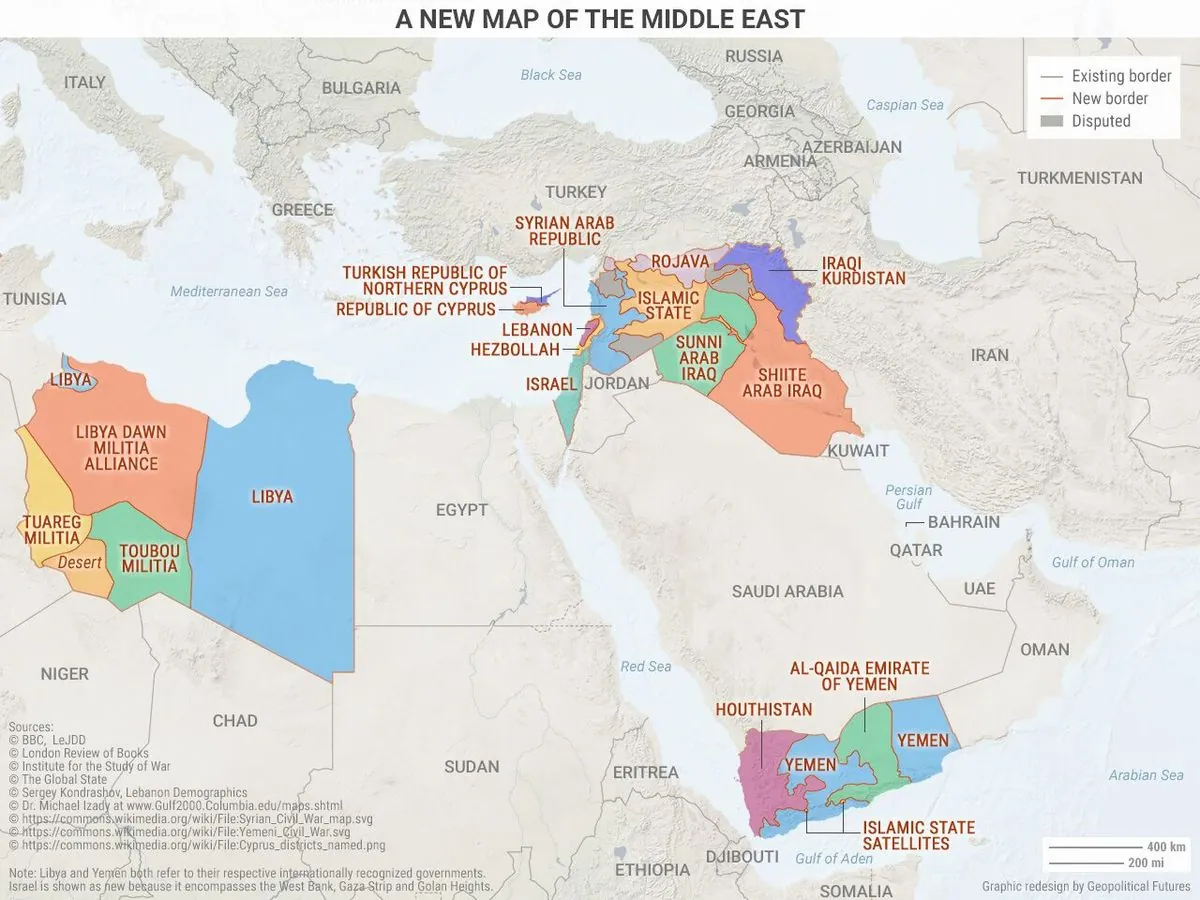
Israel's economy has demonstrated remarkable resilience. Despite mobilizing hundreds of thousands of soldiers and facing a 75% decline in tourism, Israel maintains a strong economic position. The Israeli Central Bank estimates the war's cost at $66 billion, about 11-12% of pre-war GDP. While this has led to credit rating downgrades, Israel's debt-to-GDP ratio of 60% and high per capita income provide a substantial buffer.
The broader Middle East economy remains disjointed. The Gulf Cooperation Council states, with a combined GDP exceeding $2 trillion, continue to generate significant revenue from fossil fuel exports. Meanwhile, countries like Egypt rely heavily on external support from the International Monetary Fund and Gulf states.
Iran, often viewed as a regional power, faces significant economic constraints. With a GDP of $380 billion for a population of 88 million, Iran's economy is dwarfed by Israel's. Sanctions have severely impacted Iran's currency, with the rial depreciating from 32,000 to the dollar in 2015 to 580,000 today. This economic weakness limits Iran's ability to escalate regional conflicts or lead a cohesive bloc.
The future of Gaza remains uncertain. The United Nations estimates 40 million tons of rubble in Gaza, contaminated with unexploded ordnance and human remains. The scale of destruction raises questions about the feasibility and meaning of "recovery" in this context.
"The scale of destruction in Gaza is unprecedented, with 40 million tons of rubble contaminated with unexploded ordnance and human remains."
As the conflict enters its second year, the economic landscape of the Middle East remains fragmented, with the war's impact largely contained within the immediate conflict zone. The long-term consequences for Gaza and the broader region, however, remain to be seen.





